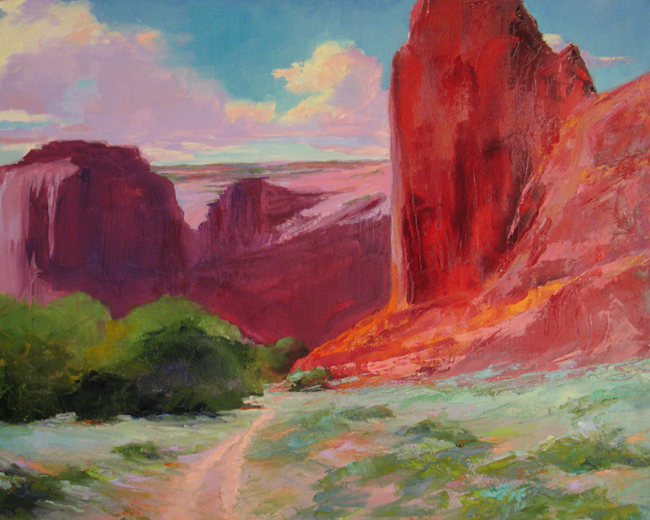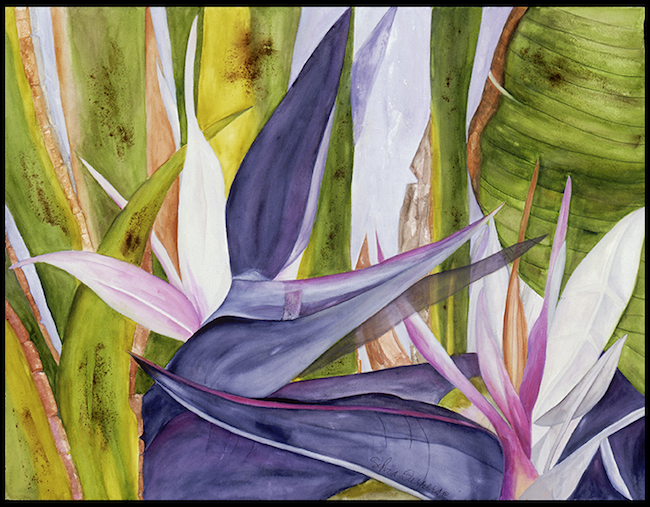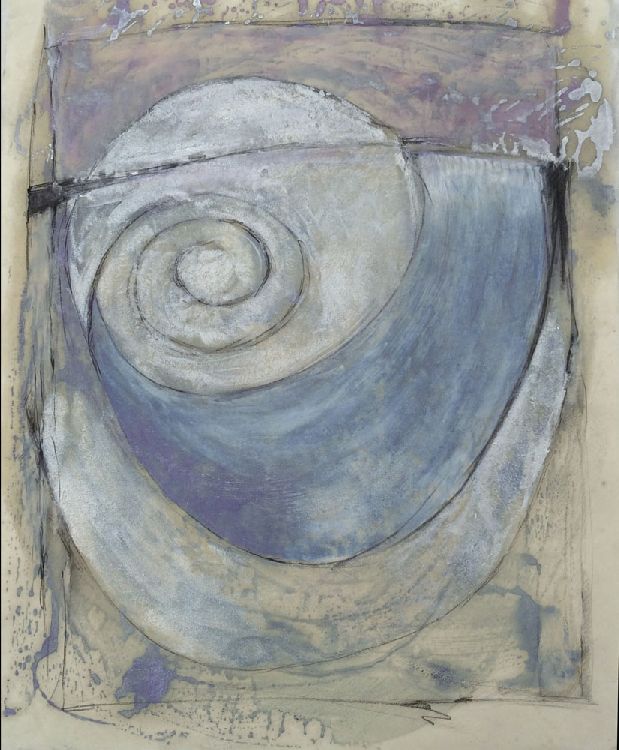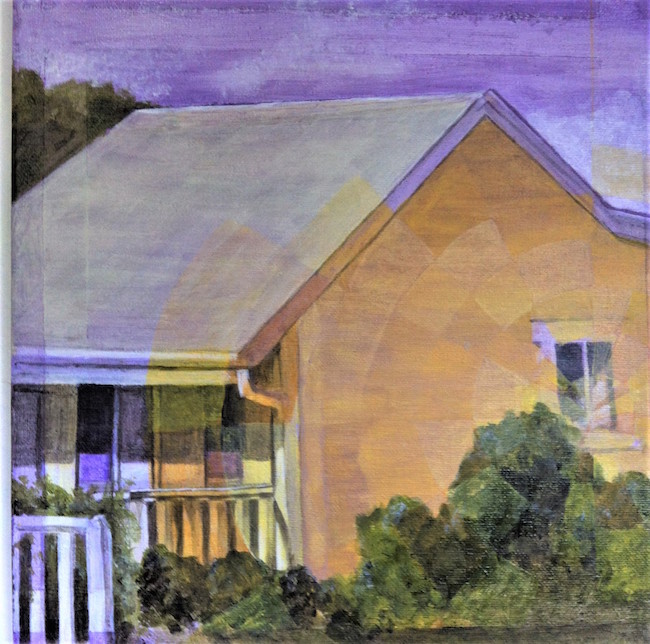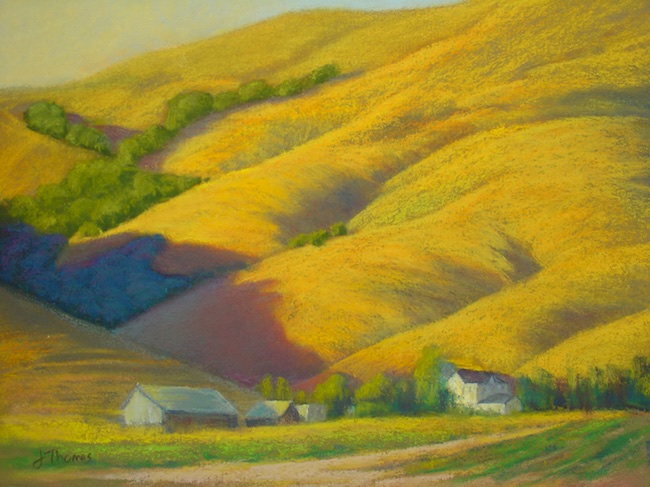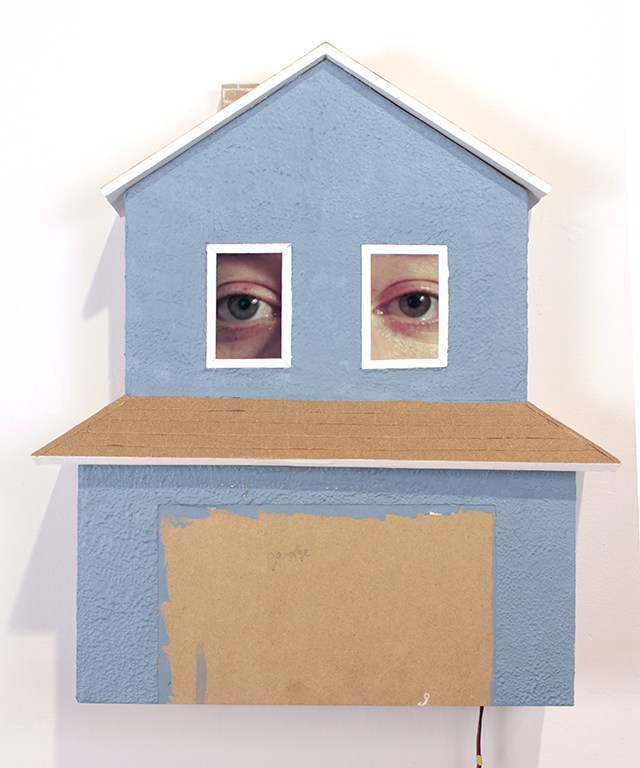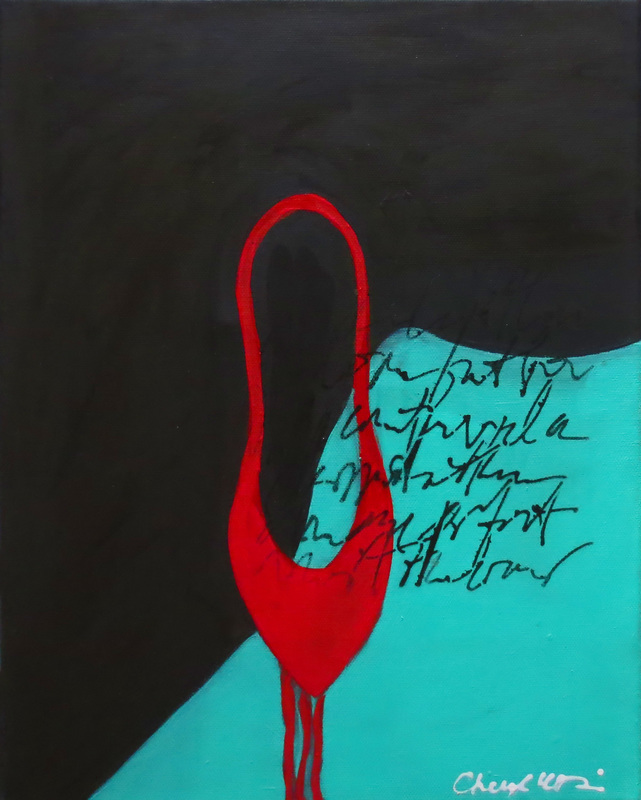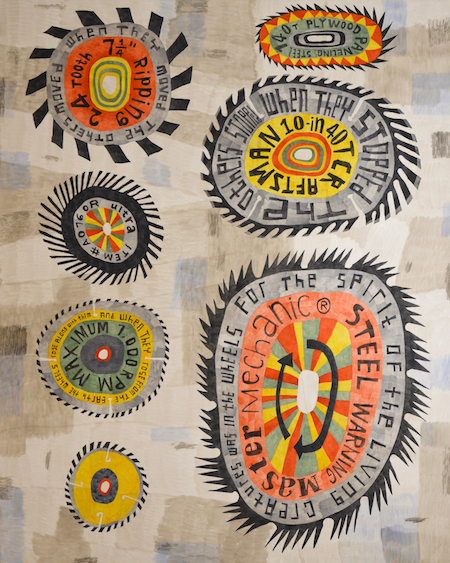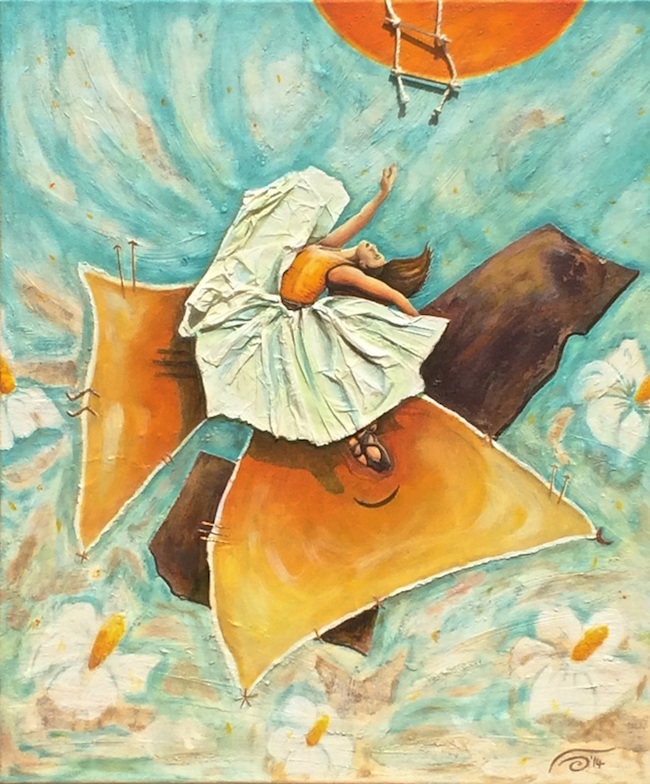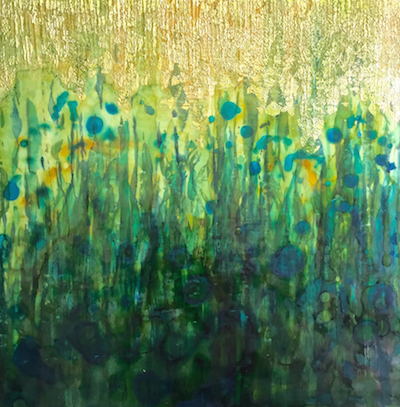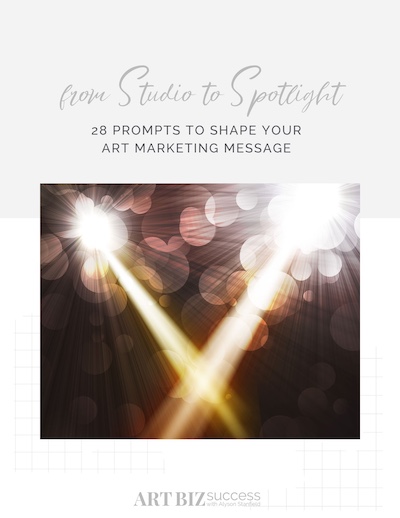Organize Your Busy Art Career with Evernote
I am writing this draft in Evernote on my iPad while taking the light rail train into Denver to see a few art shows.
When I want a document that I will reuse and share with students, clients, or my team, I create it in Word, Pages, or Google Docs.
When I want to save drafts of documents or to store something to remember, it goes straight to Evernote where I can access it across devices.
Evernote is an app that organizes information into digital notes and notebooks. It would be impossible for me to keep track of all the information I need to without it.
Here’s a peek at how I use Evernote in my life and business along with suggestions for how you might use it in your art career.
Keep Your Travel Information in One Place
This might be my favorite use of Evernote. In your Travel notebook you might store:
- Hotel arrangements
- Flight details
- Car rentals
- Contact names and information
- Directions
- Things you want to do and see when you arrive
- Local restaurants
You might also store travel information for your family or for friends who are visiting.
Capture Content Ideas
One of the problems I hear most often from artists is that they don’t have anything to say. And this is a problem when so much of your marketing is based on the written word.
No more worries! The minute you have a bright idea, you can start a note in Evernote. Save drafts for:
Organize Your Busy Art Career with Evernote Read

